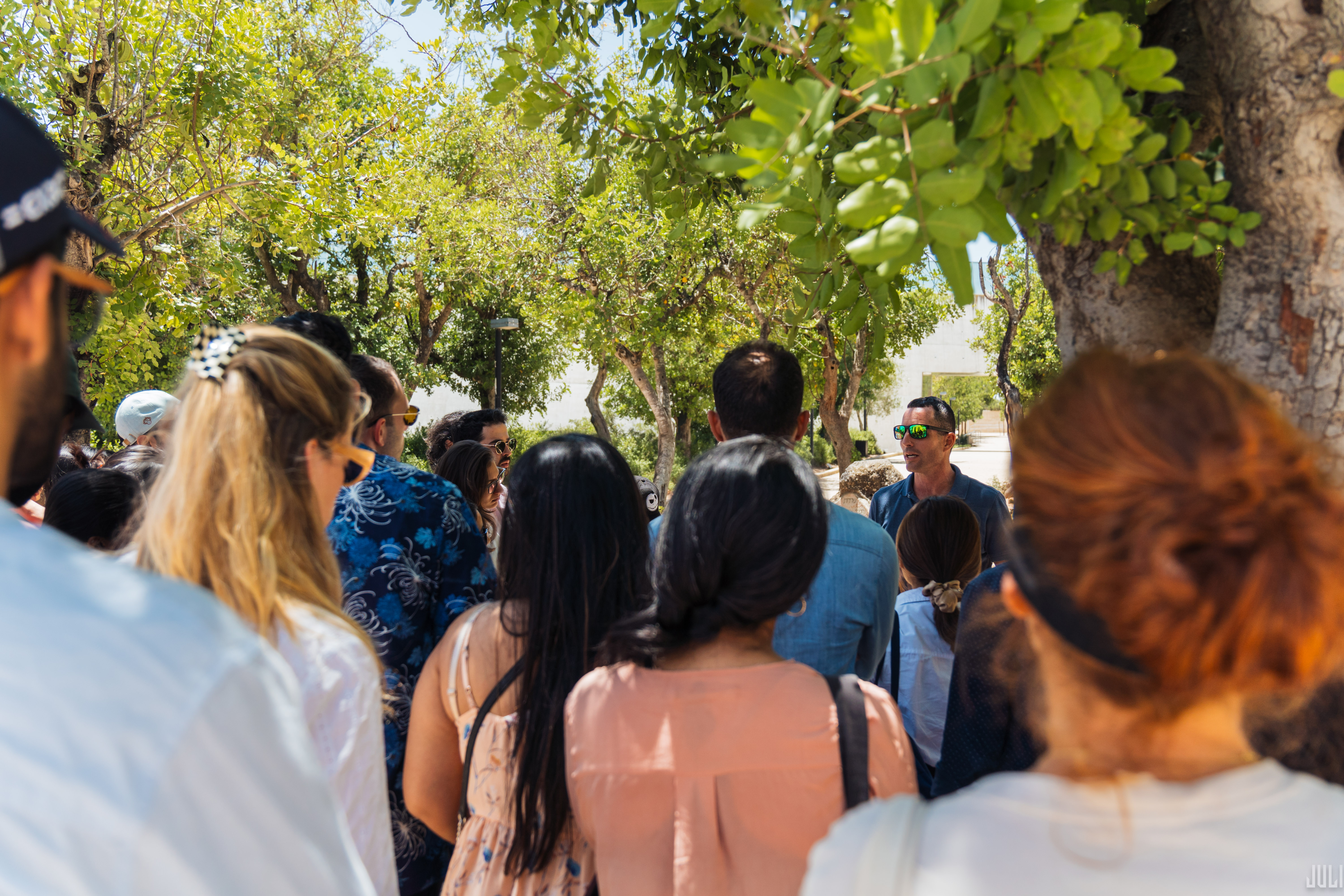Yad Vashem, established in 1953, is known as the World Holocaust Remembrance Center and transports visitors across the different time periods that take place leading up to and throughout World War II. Situated in Jerusalem on the Mount of Remembrance, the strategic architectural design of the center imposes symbolic significances – through the structure of the building cutting through the mountain and history itself, the winding path visitors must take, and the height difference between where it starts to where you lead out onto the balcony at the end of your visit.
Yad Vashem details the history of a population of 11 million Jewish people reduced to 5 million, and the lives they lived throughout.
Personal stories are heavily interwoven throughout the recount of the atrocious history of the Holocaust, turning an experience into something private for all who stop to absorb and take in what each story recounts. What is special about these stories are the details that each survivor vividly remembers, from something a parent said, to what they remember doing the day a significant event occurs.
While the magnitude and cruelty of the acts displayed in the museum leave a lasting impression, it is the personal stories that remain with the visitor at the end.
One such story is the story of a woman, Rita Weiss, who tells of her daily life in the concentration camp in Auschwitz and how she was separated upon arrival from her family and by chance was selected to be switched from the killing side to the side of the living. Her sister had whispered in her ear when she was selected, saying “tell him that you’re 19”.
The stories and history are displayed among the walls of Yad Vashem through looming large photographs vertically arranged in muted colors and somber video footage recounting specific moments in time. In conjunction with these are the personal artefacts left behind by the individuals affected by each piece of history, such as the brooches from the ghettos, designed out of bread ration cards and commissioned for loved ones. Again and again, visitors are faced with the faces of the dead, the survivors, the cruel, and the rescuers – forever commemorating the people directly affected by this period.
As you leave Yad Vashem and enter the Hall of Names, you are stricken by a line of prose from the poem Exodus by Benjamin Fondane, a surrealist poet.
“Remember only that I was innocent and that, like all of you, mortals of this day, I had, I too had a face marked by rage, by pity and joy, an ordinary human face!”
Yad Vashem shared a touching and emotional experience, forever commemorating the Holocaust and all the lives this period touched, past and future.
